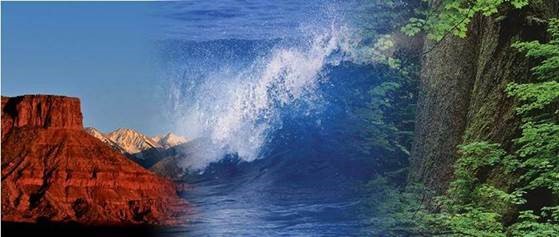
Faculty Publications
Document Type
Article
Abstract
Side-scan sonar, submersible observations and sampling of lava flows from the East Pacific Rise, 17_–19_S constrain the character and variability of submarine volcanic eruptions along mid-ocean ridges. Nine separate lava sequences were mapped using relative age and lithological contrasts among recovered samples. Axial lengths activated during eruptive episodes range from _1 to >18 km; individual flow field areas vary from <1 to >19 km2. Estimated erupted volumes range from <1 to >200 _ 106 m3. The largest unit is the chemically uniform Animal Farm lava near 18_370S. The youngest lava is the Aldo-Kihi flow field, 17_240–340S, probably erupted in the early 1990s from a fissure system extending >18 km along axis. Near 18_330S two distinct lava compositions with uniform sediment cover were recovered from lava that buries older faulted terrain. The boundary in lava composition coincides with a change in depth to the top of an axial magma lens seismic reflector, consistent with magmas from two separate reservoirs being erupted in the same event. Chemical compositions from throughout the area indicate that lavas with identical compositions can be emplaced in separate volcanic eruptions within individual segments. A comparison of our results to global data on submarine mid-ocean ridge eruptions suggests consistent dependencies of erupted volume, activated fissure lengths, and chemical heterogeneity with spreading rate, consistent with expected eruptive characteristics from ridges with contrasting thermal properties and magma reservoir depths.
Publication Info
Published in Journal of Geophysical Research, Volume 107, Issue B6, 2002, pages 1-21.
Rights
Sinton, J., Bergmanis, E., Rubin, K., Batiza, R., Gregg, T. K. P., Gronvold, K., Macdonald, K. C., & White, S. M. (2002). Volcanic eruptions on mid-ocean ridges: New evidence from the superfast spreading East Pacific Rise, 17˚-19˚S. Journal of Geophysical Research, 107 (B6), 1-21.
© Journal of Geophysical Research 2002, American Geophysical Union

